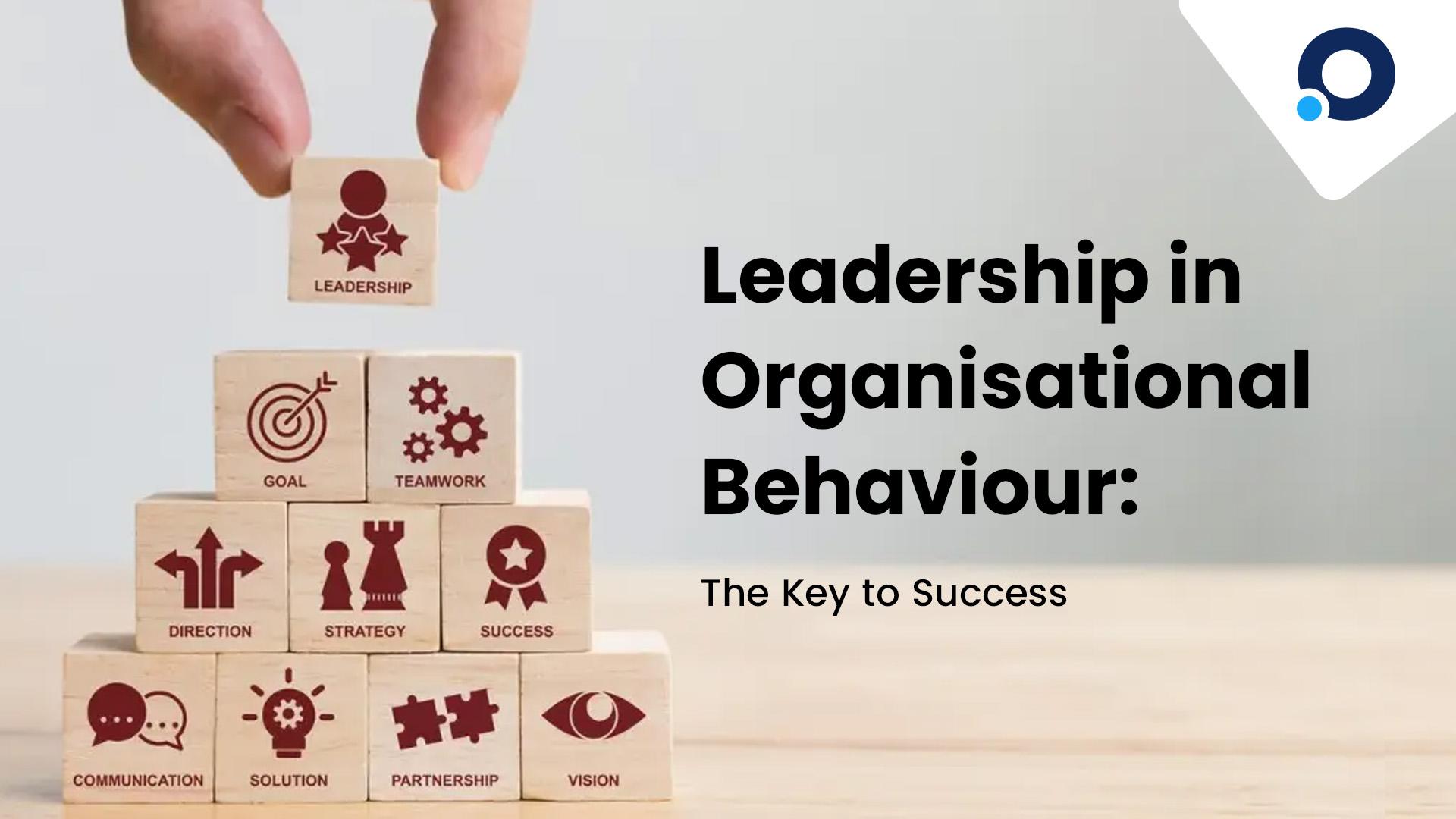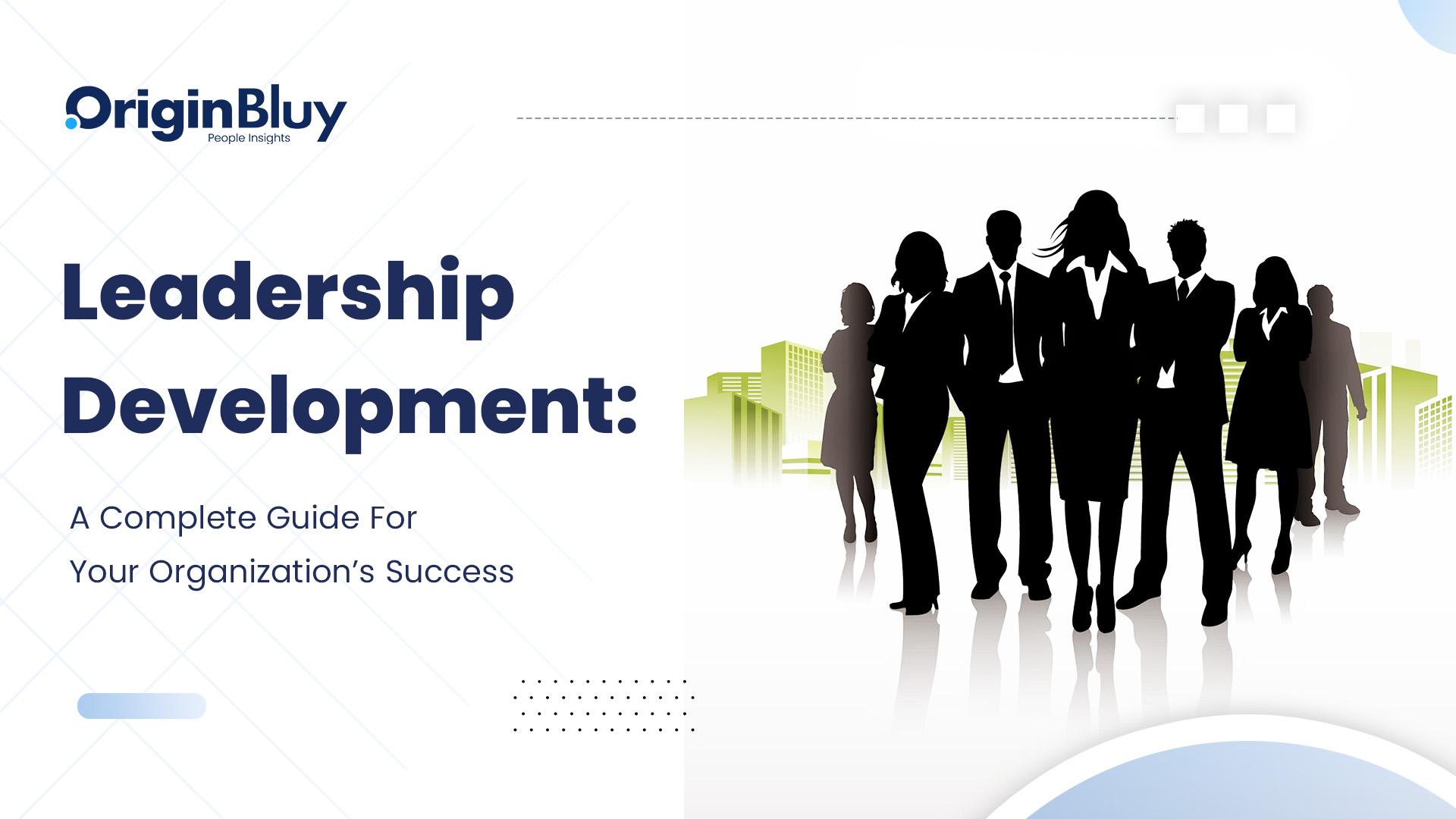Leadership is one of the most important aspects of organisational behaviour. It is the process of influencing others to achieve a common goal or objective. A good leader can motivate and inspire people to work together and achievve great things. On the other hand, a bad leader can cause chaos, confusion, and a lack of direction.
To understand the importance of leadership in organisational behaviour, let's take the example of Steve Jobs, the founder of Apple Inc. Steve Jobs was not only a visionary, but also a charismatic leader. He had a clear vision for his company and was able to inspire his employees to share his vision. He was passionate about his work and was not afraid to take risks. He believed that his products could change the world and was able to convince others to believe in his vision.
Under Jobs' leadership, Apple became one of the most successful companies in the world. He created a culture of innovation and creativity, where employees were encouraged to think outside the box and come up with new ideas. He was a demanding boss, but he also knew how to motivate his employees and make them feel valued.
One of the most important traits of a good leader is the ability to communicate effectively. Leaders need to be able to articulate their vision and goals in a way that inspires others to follow them. They also need to be good listeners and be able to understand the concerns and ideas of their employees.
Another important trait of a good leader is the ability to adapt to changing circumstances. Leaders need to be flexible and able to change their plans when necessary. They also need to be able to anticipate problems and find solutions before they become major issues.
A good leader also needs to be able to build and maintain relationships with their employees. This includes being approachable, showing empathy, and being supportive. When employees feel that their leader cares about them, they are more likely to be motivated and productive.
There are many examples of successful leaders in the business world. For example, Jeff Bezos, the founder of Amazon, is known for his innovative ideas and customer-centric approach. He has also been able to build a strong company culture, where employees are encouraged to take risks and think big.
Another example is Indra Nooyi, the former CEO of PepsiCo. She was able to transform the company from a soda-centric business to a more diversified company that focused on healthy snacks and drinks. She was also known for her commitment to diversity and sustainability.
Advantages and Benefits of Leadership
- Improved Productivity and Efficiency: Effective leadership can improve productivity and efficiency by creating a culture of accountability, setting clear goals and expectations, and providing the necessary resources and support to achieve them.
- Higher Employee Engagement and Satisfaction: Good leadership can also lead to higher levels of employee engagement and job satisfaction. Leaders who create a positive work environment, recognize and reward good performance, and provide opportunities for growth and development can help employees feel valued and motivated.
- Better Decision-Making: Leaders who are able to make tough decisions and take calculated risks can help their organisation make better decisions and respond to changes in the business environment more effectively.
- Improved Reputation and Brand Image: Effective leadership can also improve the reputation and brand image of an organisation. Leaders who prioritise ethical and sustainable business practices, for example, can help their organisation earn the trust and loyalty of customers and stakeholders.
Stages of Leadership
- Early Leadership: In the early stages of leadership, a new leader may focus on building relationships with their team, establishing their credibility, and learning about the organisation and its culture. This is an important time for a leader to listen, learn, and gather feedback from their team members.
- Developmental Leadership: In the developmental stage, a leader may focus on developing their team members, providing training and support, and setting goals and expectations. This is a time for a leader to empower their team members and help them grow and develop in their roles.
- Transformational Leadership: In the transformational stage, a leader may focus on creating a vision for the organisation, inspiring and motivating their team members, and driving change and innovation. This is a time for a leader to challenge the status quo, think creatively, and take calculated risks.
- Legacy Leadership: In the legacy stage, a leader may focus on succession planning, mentoring the next generation of leaders, and leaving a lasting impact on the organisation. This is a time for a leader to reflect on their accomplishments, share their knowledge and experience, and prepare the organisation for the future.
In conclusion, leadership is a critical component of organisational behaviour, and effective leadership can bring many benefits to an organisation. By understanding the advantages and benefits of leadership, and the stages of leadership development, organisations can invest in their leaders and create a culture of high performance and success.

























